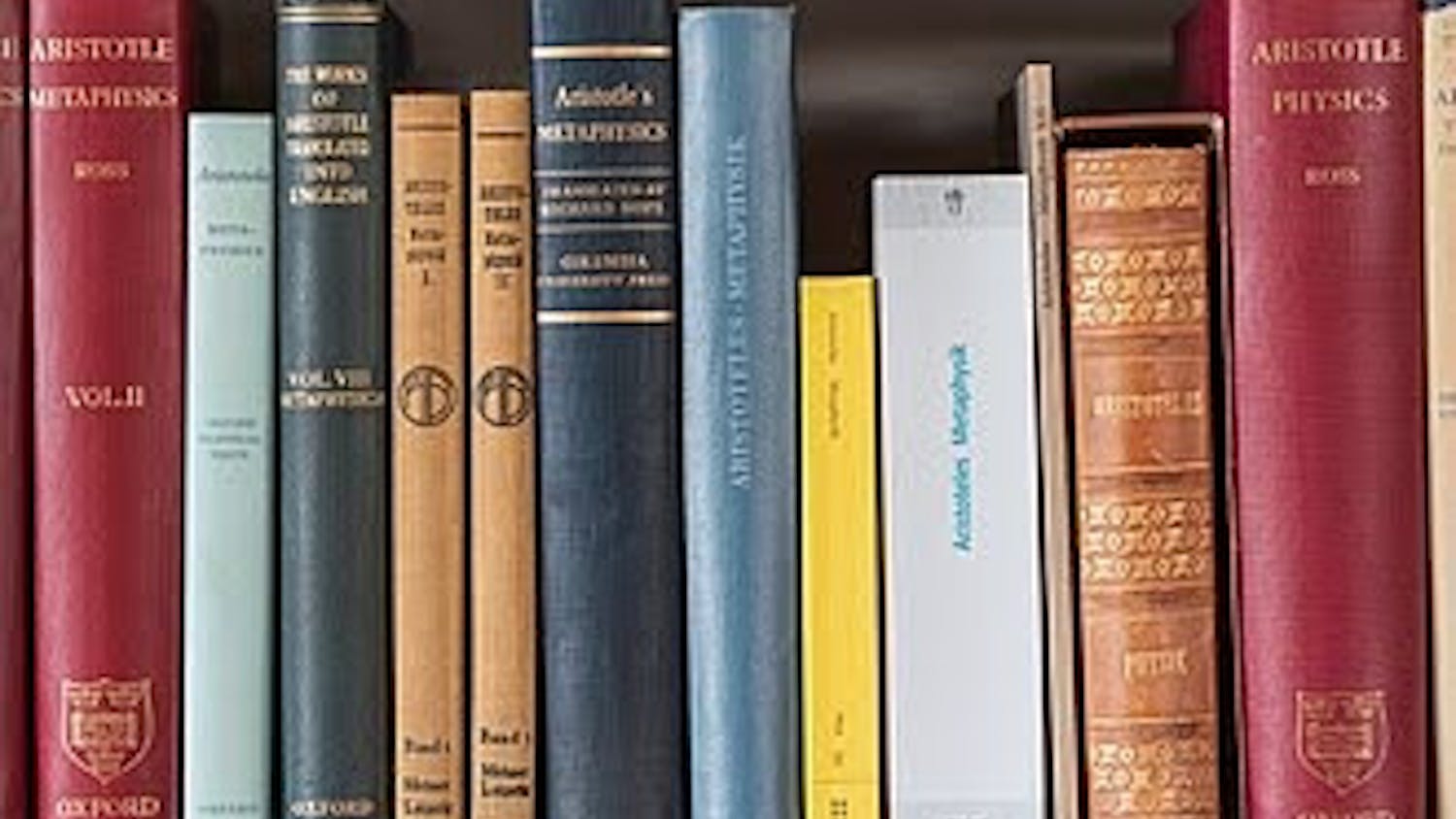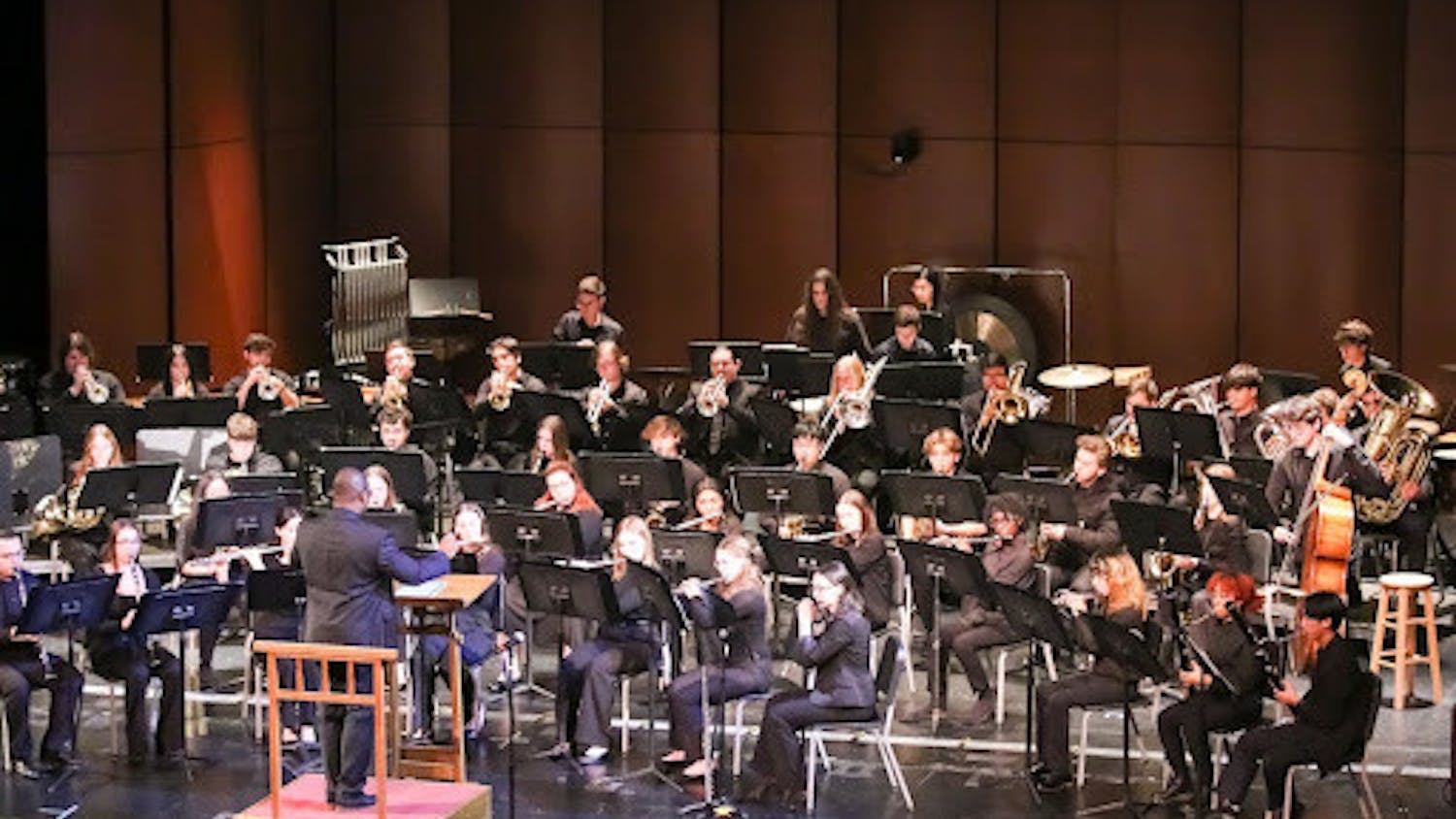By Nicole Florio
Correspondent
Chinese art was the topic of the Thursday, Oct. 20 Brown Bag event, but this didn’t necessarily mean artists from China. Students filed into the Ernest and Mildred E. Mayo concert hall to hear the lecture called “How Chinese Art Came to America, Got Hip, and Became Famous.”
Jerome Silbergeld had a clear passion for and knowledge of Chinese Art as he gave the presentation. Princeton University is his home base, where he is the P.Y. and Kinmay W. Tang professor of Chinese art history. He also curates Chinese art exhibitions, one of which includes his Princeton exhibition.
“I thought of it as a unique departure,” said Silbergeld when introducing the Princeton exhibition, which was designed, he said, to be inclusive, not exclusive. Twenty percent of all contemporary art auctions worldwide, he stated, include some aspect of Chinese art, so why not bring it to Princeton?

Chinese art is becoming increasingly popular in American culture.
“In general, most contemporary art exhibitions are paying attention to rapid globalization,” Silbergeld said. This means these exhibitions are working hard to include different cultures into their American-based shows.
American artists, too, are trying to be more global. But does it count as Chinese art if an American is responsible for it? According to Silbergeld, it does.
“If you want to be Chinese, if you want to be a Chinese artist, you can be,” he said. Silbergeld then pointed out an example of just that. Qiu Mai is an artist that produces Chinese art, speaks the language fluently and is thoroughly passionate about what he does. His real name is Michael Cherney, an American who produces brilliant works of art that are distinctly Chinese.
Silbergeld said because the Chinese are becoming more American as well, it shouldn’t be a problem for Americans to become more Chinese, especially in artistic ways.
These exhibitions pose the question, “What kind of Chinese art represents contemporary Chinese art?” Newer exhibitions raise unanswerable questions, and trying to find the center of Chinese art is perplexing, he said.
Labeling artists such as Xu Bing, Gu Wenda and Zhang Huan as distinctly Chinese is becoming increasingly difficult, Silbergeld said, because these artists, along with many more of Chinese descent, all live in the West. Chinese art, he said, goes where America takes it.
“It is still a Cinderella story,” Silbergeld said of Chinese art’s rise to fame.
Exhibitions that have provided American art with Chinese culture include Harvard University in 2006, Seattle, Washington in 2007 and a tour that lasted from 2007-2009 that went from Harvard, to Phoenix, Arizona, to the Norton Museum, and then to the University of Kansas. Princeton University’s 2009 exhibit is the most recent, and the College will be hosting this exhibition starting on Oct. 26.






